Today I will present some of the most useful materials that have had in recent times, considered the lightest metal in the world, was baptized with the name of Metallic Microlattice.
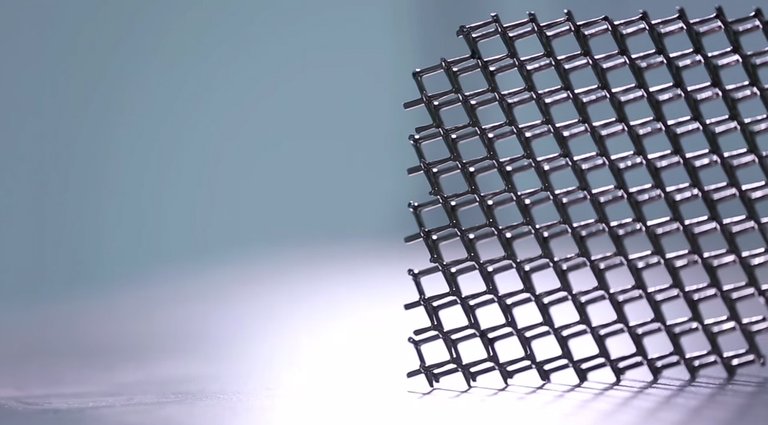
It was developed by the company Boing and the first fruits were obtained in 2011, was studied in several universities that were able to make their own analysis, including the University of California and the California Institute of Technology that the most benefited from research, the fundamental objective of this metal is to build lighter aircraft which would optimize the power and functionality of aircraft.
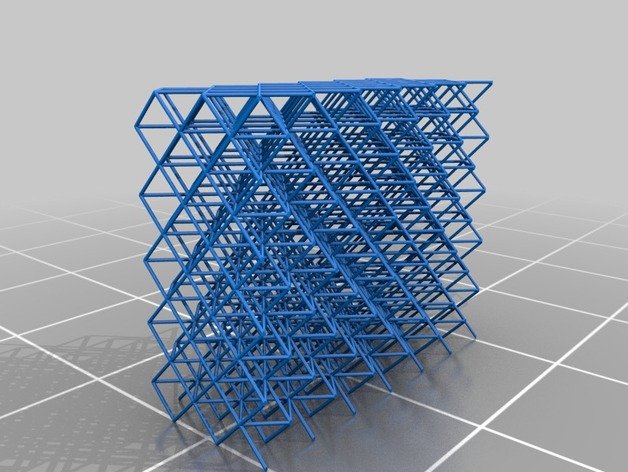
The Metallic Microlattice is 99.99% airborne. It is crazy to think that science has created something almost as light as air, so light that you could place it on top of a dandelion flower without it bending or withering, and so strong that you could wrap an egg in the micro-reticle and throw them from a 20th floor without damaging the egg. It has the title of the lightest material in the world.
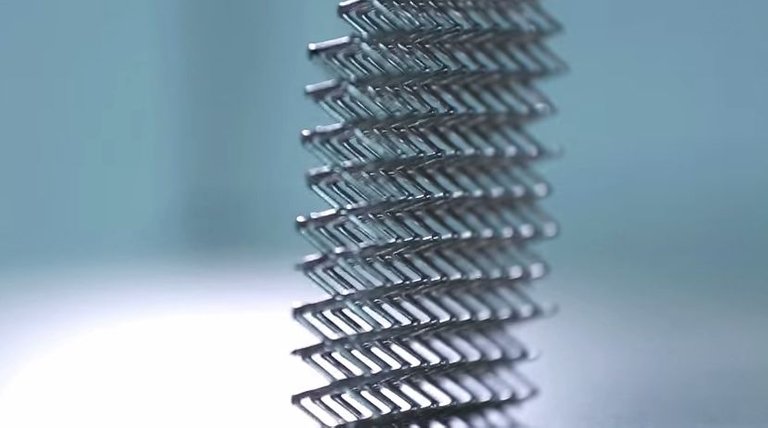
This super light metal has a three-dimensional polymer type structure, the lattice is interconnected with hollow tubes that are in a diagonal pattern, it is very thin, let's say 1,000 times that of a human hair, but its whole can be appreciated as a bone structure.
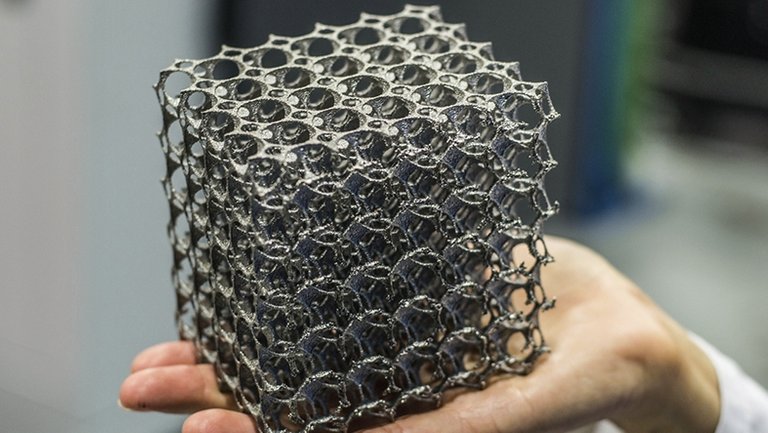
It can absorb a lot of energy if it is compressed, the outside is very rigid, but inside is light, which gives it properties against impacts.
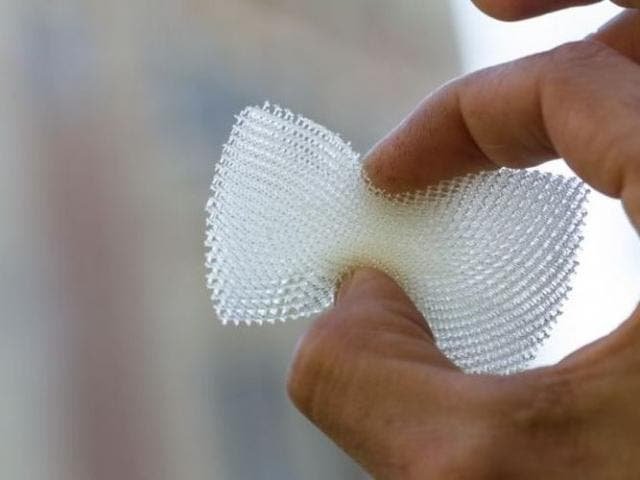
Airplanes consume a lot of fuel due to their weight, so it is assumed that using this metal could lighten the weight of a commercial airplane, making it consume much less fuel, the first alloys were made with nickel and phosphorus, this made Boing be more interested in the manufacture of this metal that ended up being the lightest on the planet.
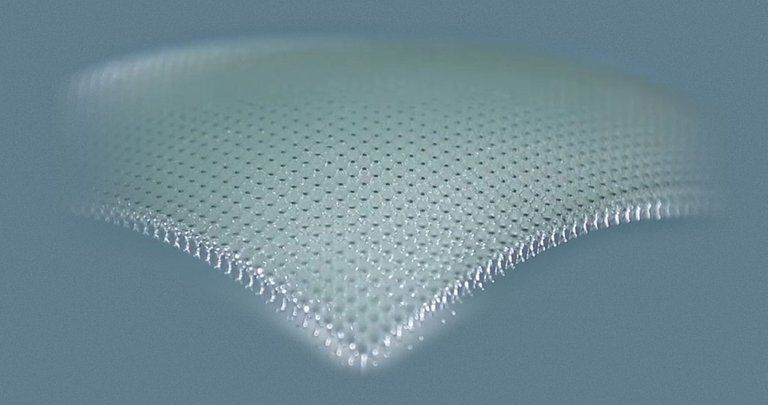
It has a competitor that is the extruded polystyrene, called Styrofoam, but the micro-reticulated is still 100 times lighter and more resistant, Styrofoam is the commercial name that Dow Chemical, specialized in the branch of construction, in any case, the efforts of Boing are for the manufacture of airplanes, although nobody is discouraged that other users can be given in other branches of manufacture.
Currently the science of this century are disputing the creation of new materials that will completely change life as we know it until now, more ecological materials with less environmental impact when producing them and more resistant and lighter than any material manufactured in the last century, that is the scenario that awaits the civilization of the 21st century, materials that will be within our reach. One of the biggest problems in technological backwardness is the little use or super patents that have the materials of the space age that are almost always exclusive use of space agencies, giving little importance to advances on earth, fortunately, more companies bet on improving our lives at unimaginable levels, and micro-reticulation is one of them.
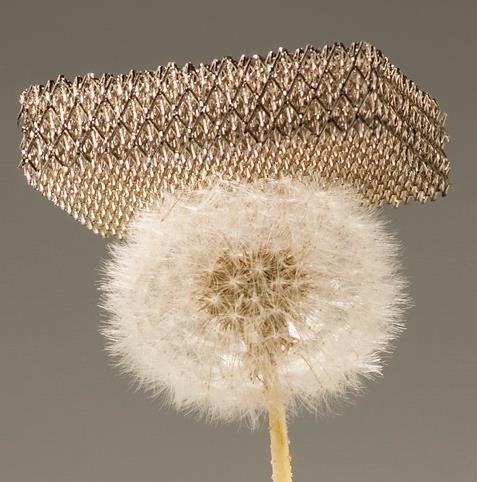
Imagine lighter planes and resistant to the impacts caused by an emergency, it would be great, many lives would be saved, although in smaller percentage there are not many air accidents that still represent fear in their users.

Thank you for reading


If you liked reading this article, feel free to FOLLOW ME, UPVOTE and RESTEEM! It's always appreciated =D. Thank you all for your support and see you soon for the news flamingirl's adventures!


Wow!
This is amazing. I think the research of these materials is going to have big implications beyond the aircraft industry, it's going to be important in space research, automotive industry and new building construction. And maybe it's one more step toward finding materials that revolutionize nanotechnology.
Yes amazing the aircraft company I work for has used similar stuff 👍
Posted using Partiko iOS
Very interesting read thanks @flamingirl 😉🌈🍀🦋🌴